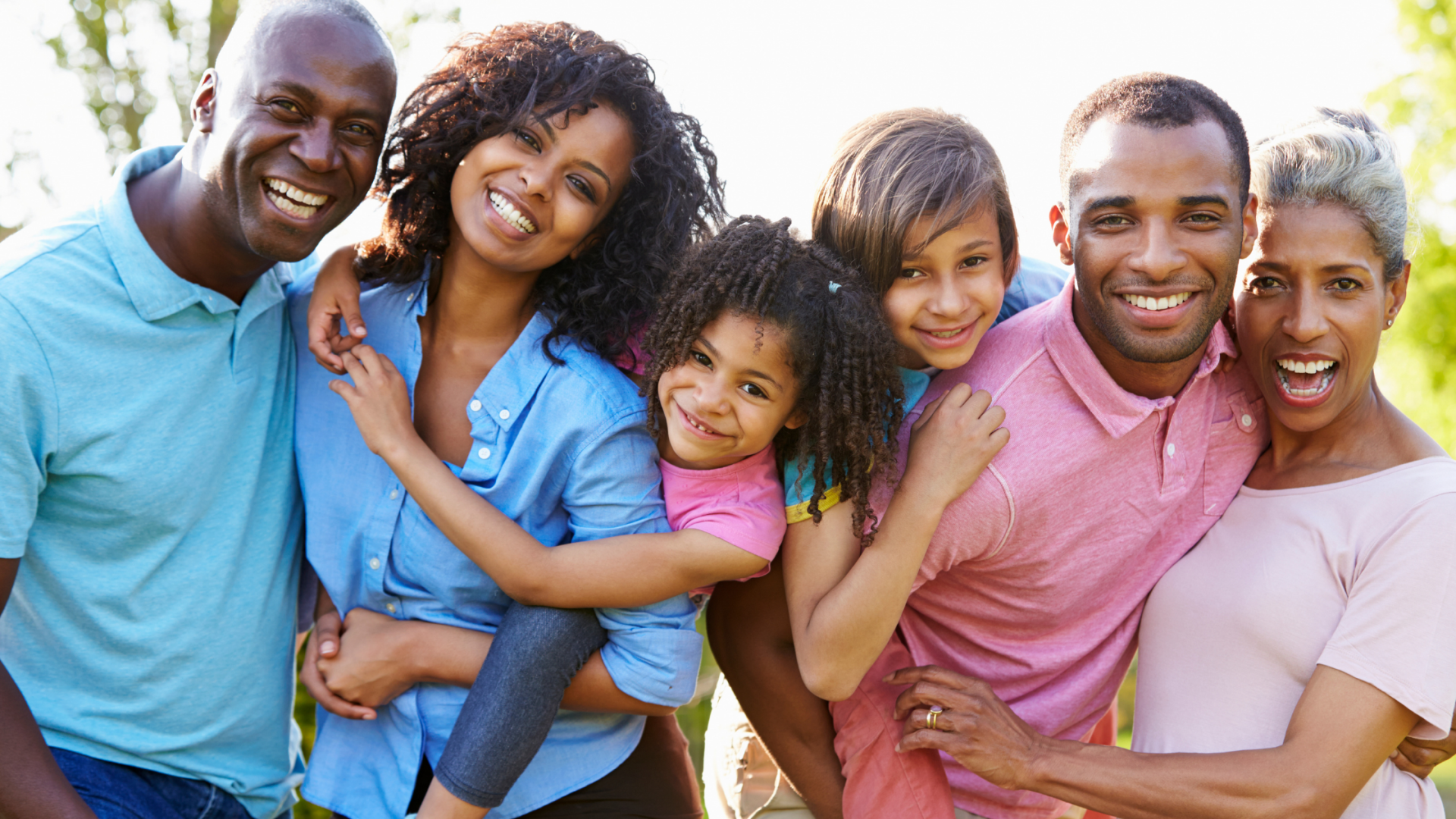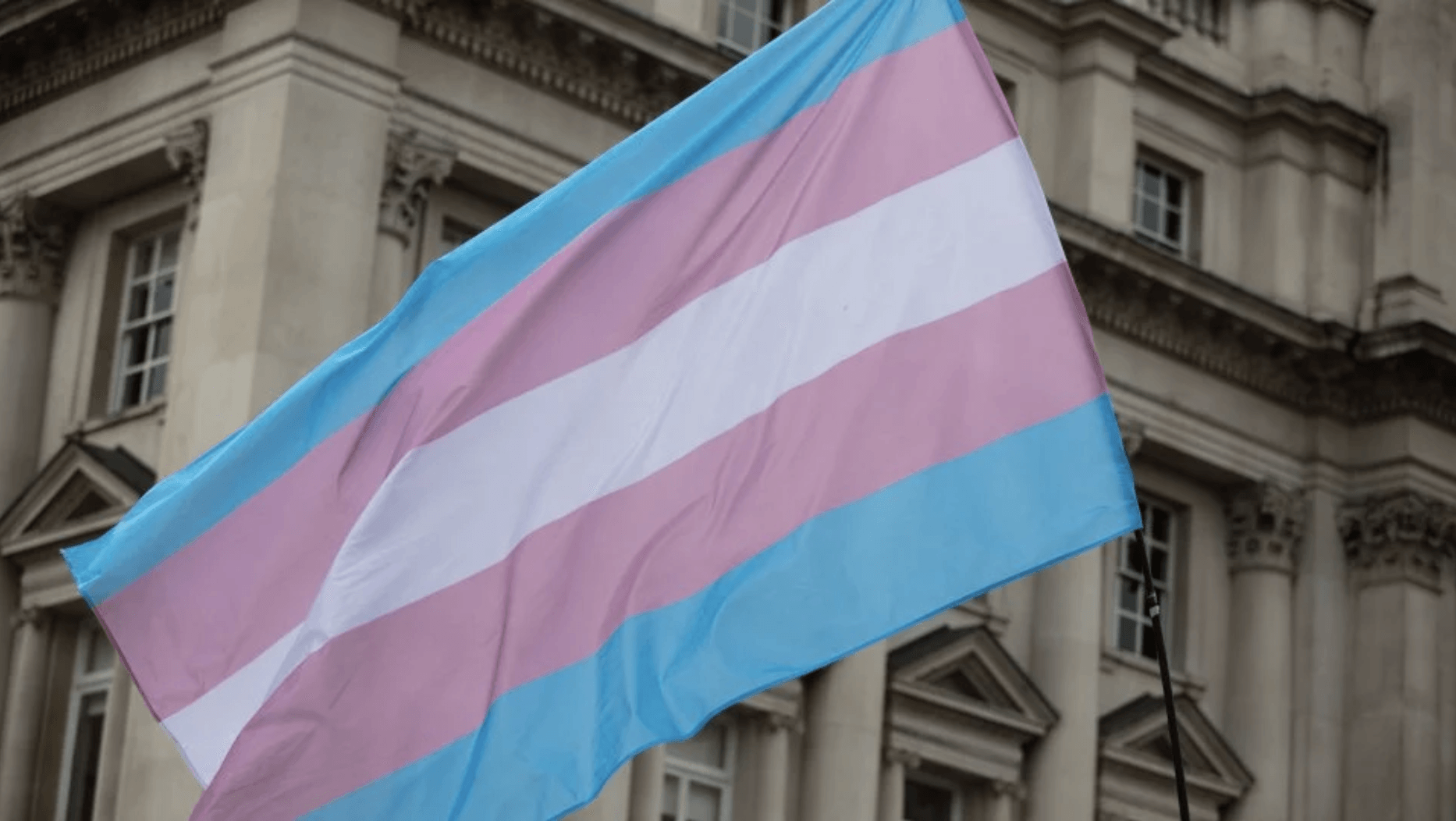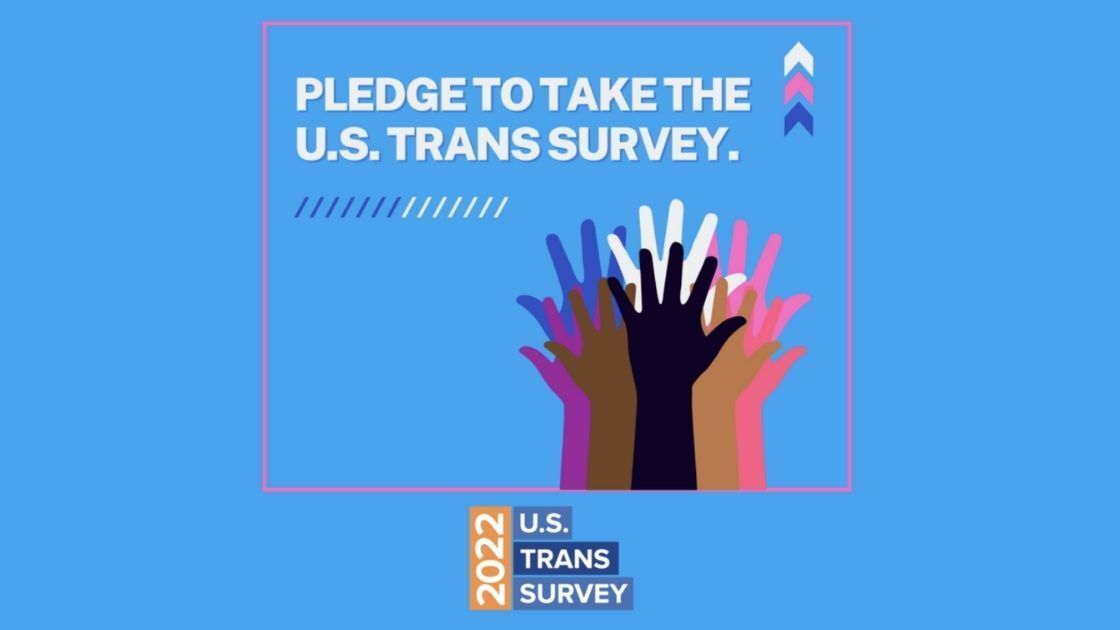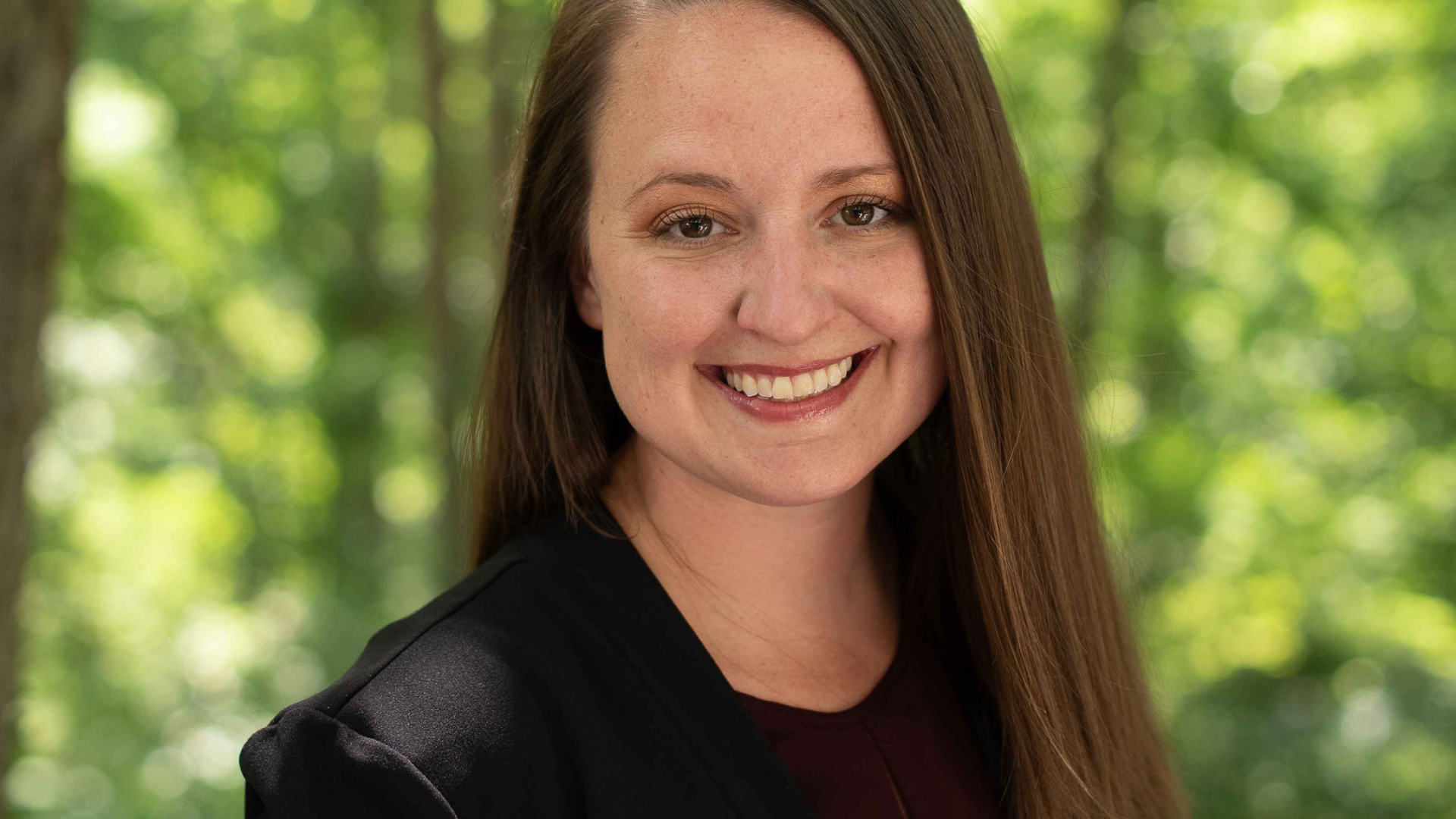Transgender People & Sexual Violence
Miranda Stith
Following Transgender Awareness Week (Nov. 13–19), November 20 marks the Transgender Day of Remembrance, a day of mourning to honor the memory of the transgender people whose lives were taken in acts of anti-transgender violence. Transgender, nonbinary, genderfluid, and gender non-conforming people face higher rates of sexual violence than their cisgender peers and it is crucial for us to recognize and support trans survivors.
According to The National Intimate Partner and Sexual Violence Survey, 1 in 5 women experienced a completed or attempted rape during their lifetime and nearly 1 in 4 men experienced some form of sexual violence in their lifetime. According to the largest and most recent survey of trans people in the United States, 47% of transgender individuals surveyed in 2015 had been sexually assaulted in their lifetime.
The rates of sexual assault are also higher for transgender college students. Compared to 4% of cisgender male students and 18% of cisgender female students, 21% of transgender, gender non-conforming, or genderqueer college students have been sexually assaulted, according to the Association of American Universities.
So, why is the rate of sexual assault so high for transgender, nonbinary, genderfluid, and gender non-conforming individuals?
Transgender people face higher rates of hate violence, fetization, objectification, poverty, and marginalization—all of which factor into the higher rates of sexual assault against transgender people.
In 2017, the National Coalition of Anti-Violence Programs documented a 21-year high in the number of hate violence homicides. This data marks a five year steady rise in recorded homicides of transgender women of color. Out of the victims of hate violence homicides: 71% were people of color, 52% were transgender or gender non-conforming and 40% were transgender women of color.
In 2020, there were at least 44 known/reported hate violence homicides against transgender and gender non-conforming people. So far in 2021, there have been at least 43 known/reported hate violence homicides against transgender and gender non-conforming people.
In addition to hate violence homicides, transgender people face many other kinds of violence, including sexual assault, dating violence, domestic violence, and stalking.
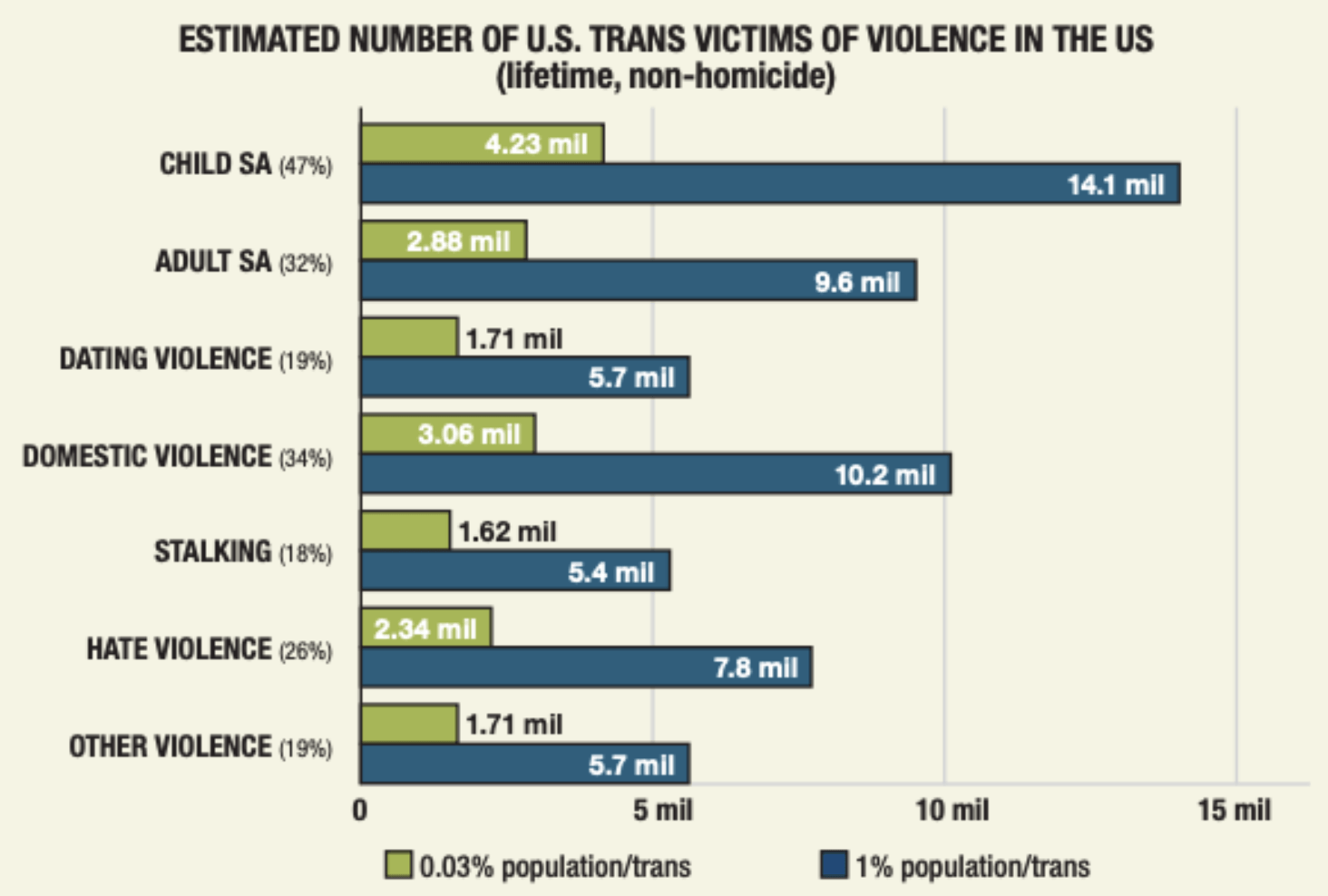
The sexualization of transgender people with a disregard for their dignity plays a role in the increased rates of sexual assault against transgender people. Transgender people experience fetishization—when a person makes someone or something the object of a sexual fetish, or an obsessive interest. Transgender people are also objectified, and viewed as a sexual object with no thoughts or feelings. All of these reduces transgender people to objects of sexual pleasure and gratification in the minds of perpetrators.

Living in poverty can limit a survivor's access to support systems. According to results from the 2015 U.S. Transgender Survey, transgender people are twice as likely to be living in poverty as the general U.S. population. The national rate of poverty in the U.S. is 14%, while 29% of respondents to the survey indicated that they were living in poverty. Of the respondents who indicated that they were living in poverty, 43% identified as Latinx, 41% identified as American Indian, 40% identified as multiracial and 38% identified as Black.
Additional information from the survey found that transgender or gender non-conforming people had difficulties accessing the income supports and other safety nets that would help them overcome poverty. Nearly 1 in 5 respondents to the survey reported negative treatment at a public assistance or government benefits office.
Additionally, the way media portrays transgender people has an impact on the public’s view of trans people. Mainstream media has historically portrayed transgender people, specifically transgender women, as muderers, victims, or insane. Even in roles that do not fall into these categories, Hollywood has historically cast cisgender men to play transgender women, reinforcing the societal view that trans women are just men in dresses. These portrayals of trans people can be extremely harmful to the community. Instead of these examples, positive representation of transgender people includes roles that portray trans people as complex individuals worthy of respect and pursuing their own happiness.
It is crucial to support transgender and non-binary survivors because sexual assault heightens the risk for an individual to commit suicide. The 2015 U.S. Trans Survey found that of those sexually assaulted, 64% of transgender people attempted suicide in their lifetime, compared to 41% of the overall sample.
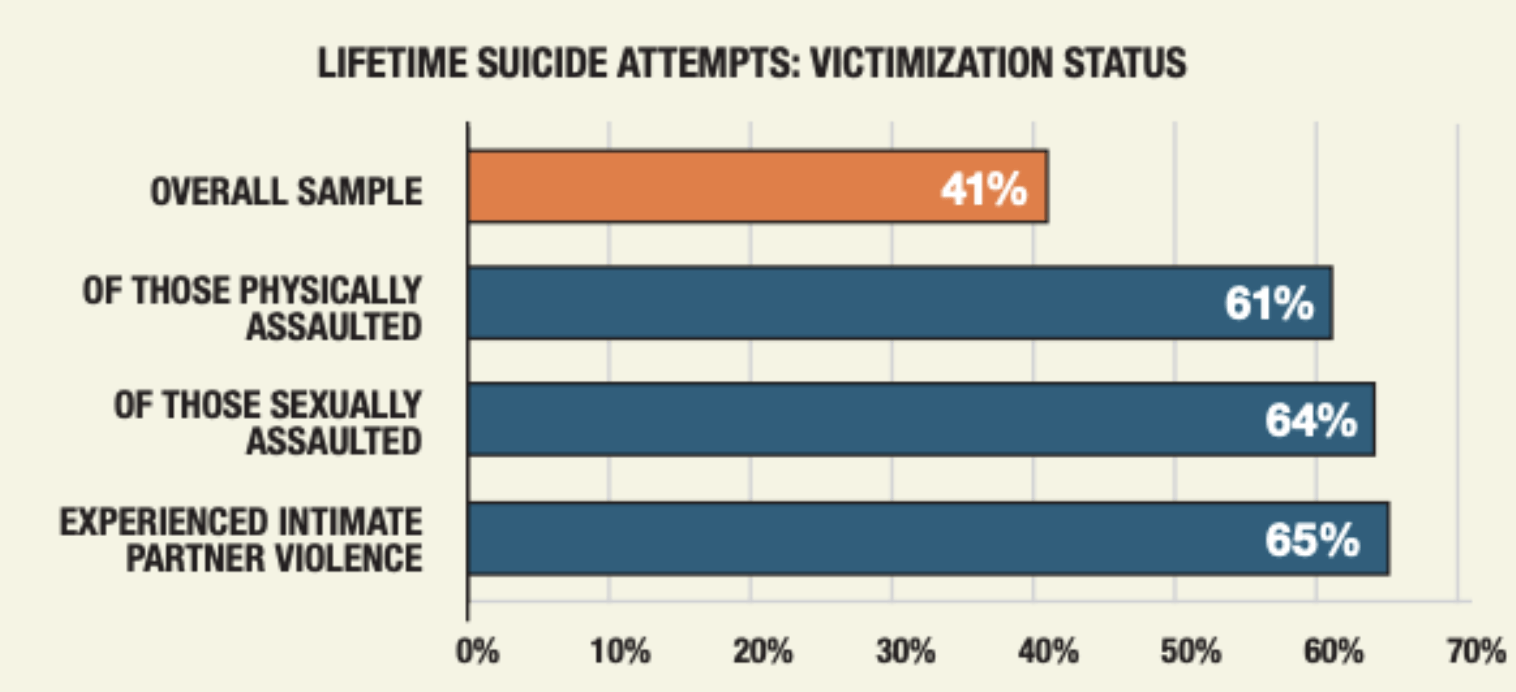
Cisgender allies can take steps in their own lives to support survivors. To address this issue, allies can push for systemic change related to the way trans people are treated, support models of community-based solutions designed by the most impacted people and interact with local organizations advocating for transgender people.
For more resources related to sexual assault, FORGE is a national organization providing resources and information to transgender and non-binary survivors of sexual violence. FORGE offers
safe dating tips for trans and non-binary people, a
safety planning tool, a transgender survivor’s
guide to accessing therapy and a
guide for partners and friends of transgender sexual violence survivors.
For more information related to the transgender community, Arkansas-based organizations working with the community include inTRANSitive, Reconcile Arkansas, Project Arch, Vector Health & Wellness and the Young Transwomen’s Project. National organizations working with the transgender community include the National Center for Transgender Equality, the Trans People of Color Coalition (TPOCC) and the Black Trans Advocacy Coalition (BTAC) and the Trans Latina Coalition.
For transgender people, both binary and nonbinary: consider
pledging to take the 2022 U.S. Trans Survey. The data collected from the U.S. Trans Survey is the main source of data for policymakers, educators, the media and the general public, covering health, employment, income, the criminal justice system, and sexual violence. The survey is open to all trans people age 16 and older.
Share this post


